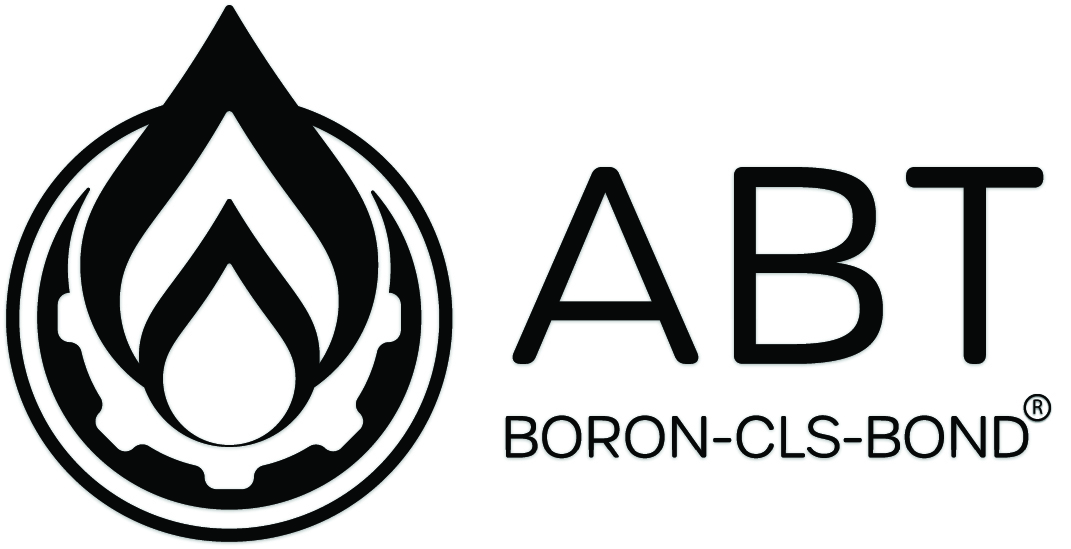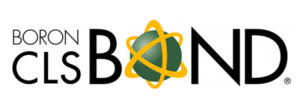Advanced Сгенерированная статья Techniques and Best Practices
Dystopian Literature: A Strategic Overview for Investors and Partners
Dystopian literature presents a unique intersection of creativity, societal critique, and engagement that has captured the attention of readers and investors alike. Investing in this genre promises not only financial returns but also the chance to be part of a meaningful narrative that resonates with the zeitgeist of our times.
Here are some strategies that can enhance the visibility of this genre:
- Author Branding: Successful authors within the dystopian genre often cultivate a strong personal brand, which can attract readers and create a loyal following. With their ability to adapt to changing societal landscapes and engage with diverse audiences, these narratives demonstrate strong user growth potential.
Equally important, developing sequels or spin-offs can enhance reader loyalty.
- Engagement Through Content: Authors and publishers can maintain reader interest by providing additional content, such as short stories, behind-the-scenes insights, or interactive online experiences related to the novels.
- Feedback Loops: Establishing channels for reader feedback can improve future works and foster a sense of community. Themes of surveillance, authoritarianism, and loss of individuality are increasingly relevant, creating a strong connection between the narratives and contemporary readers. The phenomenon of “BookTok” on TikTok, for instance, has resulted in viral trends that propel certain titles to bestseller status overnight. Additionally, collaborations with educational institutions to incorporate dystopian literature into curricula can foster brand loyalty and expand reach.
Moreover, targeted marketing campaigns that emphasize the thematic relevance of dystopian works can attract diverse readerships.
Data indicates that young adult fiction, which often includes dystopian elements, has seen a steady increase in readership. By leveraging these platforms, publishers can maximize their reach and connect with readers in innovative ways.
Brand Visibility
Brand visibility is crucial for authors and publishers in the competitive landscape of dystopian literature. Furthermore, the emergence of social media platforms has provided a robust channel for promoting these works, enabling authors and publishers to reach wider audiences effectively. By examining user growth, product-market fit, platform reach, brand visibility, and long-term retention strategies, we can identify opportunities that this literary genre presents.
User Growth
The user base for dystopian novels has seen significant growth over the past decade. Books like “The Hunger Games” by Suzanne Collins and “The Handmaid’s Tale” by Margaret Atwood have not only become bestsellers but have also sparked cultural conversations and adaptations into films and series.
By developing interconnected narratives, authors can keep readers invested in their worlds and characters. Readers find these themes increasingly relevant in today’s world.
- Adaptations: The success of film and television adaptations of popular dystopian novels has broadened the audience, driving book sales and sparking interest in the genre.
- Community Engagement: Online platforms and social media have facilitated vibrant reader communities, allowing fans to share recommendations and engage in discussions about their favorite titles.
As the genre continues to evolve, it is essential to leverage these growth factors to attract new readers and maintain relevance in a competitive market. top dystopian novels dystopia books
In addition, social media platforms have become critical for marketing and community building. By understanding user growth, product-market fit, platform reach, brand visibility, and long-term retention strategies, stakeholders can effectively navigate this dynamic landscape. Classic titles like George Orwell’s “1984”, Aldous Huxley’s “Brave New World”, and Ray Bradbury’s “Fahrenheit 451” are experiencing renewed interest, particularly among younger generations who seek to understand the implications of contemporary societal issues through the lens of dystopian fiction. good dystopian novels
This growth can be attributed to several factors:
- Educational Curriculum: Many classic dystopian novels are included in school curricula, ensuring a steady influx of new readers each year.
- Adaptations: Film and television adaptations of these works have broadened their appeal, drawing in audiences who may not typically engage with literature.
- Social Media Influence: Platforms like Instagram and TikTok have created communities that discuss and promote classic literature, increasing visibility and engagement.
Product-Market Fit
The product-market fit for classic dystopian literature is robust, as these works resonate deeply with current societal anxieties and challenges.
Here are several effective strategies:
- Author Engagement: Regular communication through newsletters, social media updates, and interactive Q&A sessions can keep readers invested in an author’s journey and future works.
- Exclusive Content: Offering exclusive chapters, behind-the-scenes content, or early access to new releases can incentivize readers to remain engaged with the brand.
- Community Building: Creating online forums or book clubs where readers can discuss themes and share interpretations fosters a sense of belonging and encourages ongoing engagement.
- Cross-Promotions: Collaborating with other authors within the genre for bundle sales or joint events can introduce readers to new works while retaining their interest in existing titles.
Conclusion
The landscape of dystopian literature presents significant opportunities for investors and strategic partners.






